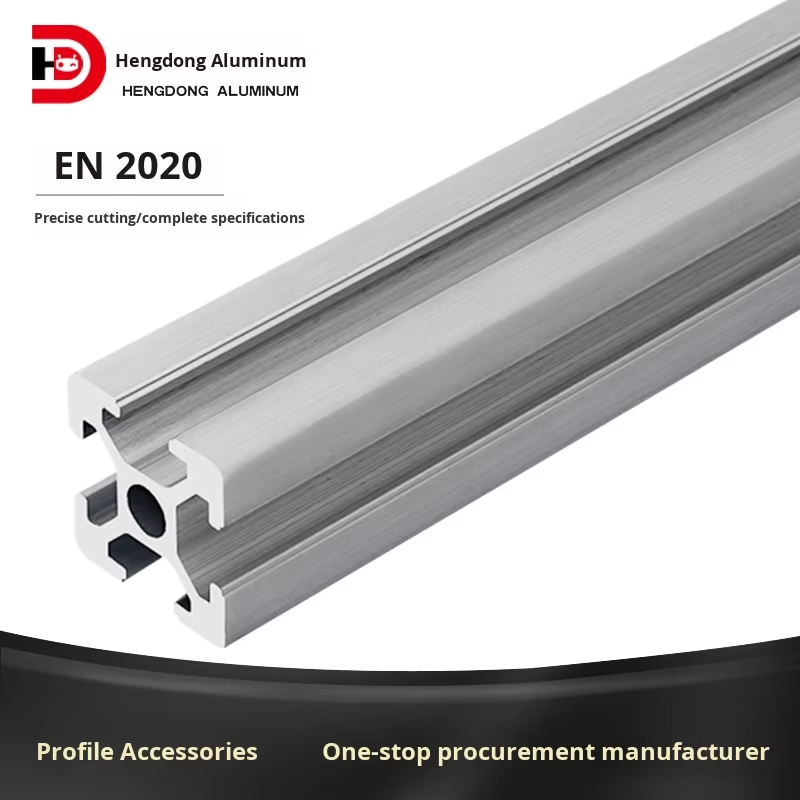
Aluminium sliding windows operate on horizontal tracks, eliminating the need for swing space. This makes them ideal for compact urban apartments and rooms with furniture placement constraints. Their slim frames maximize natural light while maintaining a clean, contemporary aesthetic.
Hinged at the top and opening outward, awning windows allow controlled ventilation even during rain. The angled design directs water away from interiors, making them well-suited for bathrooms and coastal properties.
Side-hinged casement windows open fully outward, offering up to 90% clear opening for maximum airflow. Their compression seals provide superior airtightness compared to sliding systems, reducing energy loss by up to 30% when closed.
Vertical sliding windows use weight-balanced mechanisms to stay fixed at any height, while lift-and-slide variants glide effortlessly on heavy-duty rollers. These systems support glass panels up to 2.5m - 3m and enable seamless panoramic views in modern homes and commercial atriums.
Slide-and-fold systems stack panels laterally, creating openings up to 80% of the wall width. Tilt-and-turn windows offer two modes: a 15° tilt for safe ventilation and full inward swing for easy cleaning—ideal for high-rise buildings where external access is limited.
Key selection factors include:
For detailed technical guidance, consult the aluminium profile selection guide from industry experts. Many manufacturers now offer hybrid solutions that integrate multiple operation types within unified framing systems.
Aluminium’s strength-to-weight ratio is up to 40% higher than steel, allowing frame designs up to 30% slimmer while supporting expansive glazing. This enables architects to maximize daylight in residential extensions and commercial facades without sacrificing structural performance.
The extrusion process allows custom shapes—from linear minimalism to curved forms—supporting diverse architectural visions. Finishes such as anodized, powder-coated, or wood-effect coatings, along with integrated hardware, meet performance demands for coastal homes or high-rise offices.
Aluminium windows adapt across design eras: satin-black frames suit industrial lofts, bronze tones enhance heritage restorations, and brushed-metal finishes align with futuristic builds. Their compatibility with floor-to-ceiling glazing and narrow sightlines supports the "invisible frame" look central to contemporary design.
Thermal breaks—polyamide strips inserted between inner and outer frame sections—reduce heat transfer by up to 60%, according to thermal performance studies. This innovation helps achieve U-values below 1.3 W/m²K, matching vinyl windows while preserving aluminium’s structural integrity.
Triple-glazed units with argon gas and low-E coatings can reach whole-window U-values of 0.8 W/m²K. When paired with multi-chamber thermal profiles, these systems reduce annual heating costs by 18–22% in temperate climates compared to standard double-glazed models (Window Efficiency Report 2023).
Modern aluminium windows now meet Passive House standards, dispelling outdated concerns about thermal inefficiency. Independent tests confirm condensation resistance ratings above 70 (CRF-70), proving that precision engineering effectively balances conductivity and insulation.
Aluminium windows typically last over 30 years, even in coastal and industrial environments. Verified through 5,000 thermal cycles and exposure to winds exceeding 150 km/h, they outperform traditional materials in durability and resilience.
Powder coatings withstand over 3,000 hours in salt spray tests (ASTM B117), providing military-grade corrosion resistance. Thermally stabilized alloys prevent warping from -40°C to 80°C, while non-porous, UV-resistant surfaces retain color and finish for decades.
Research confirms aluminium windows require 73% less annual maintenance than wood equivalents. With no risk of rot or mold and only biannual cleaning needed, they eliminate the repainting demands of wood and yellowing issues common in PVC.
When it comes to residential properties, most homeowners care deeply about keeping their homes warm during winter months while also wanting the look to match popular design trends such as modern farmhouse aesthetics or classic mid-century styles. On the flip side, commercial buildings need much stronger structures that can support bigger spaces between columns for those big glass wall sections we see so much these days. Plus there's all sorts of regulations regarding emergency exits and general safety standards that must be met. For exterior finishes, residential buildings typically go with powder coating options since they offer plenty of color choices without breaking the bank. But when looking at commercial spaces where people walk through constantly throughout the day, property managers tend to opt for anodized aluminum instead because it holds up better against scratches and wear from constant foot traffic over time.
For places near the ocean, using marine grade alloys that stand up to salt spray makes all the difference. Up north where it gets really cold, triple glazing becomes essential to maintain warmth inside. The choice between thin 50mm profiles for contemporary homes and thicker 80mm frames for traditional buildings allows for aesthetic flexibility while adhering to local building regulations. Don't forget to check what local regulations say about wind pressure resistance and energy efficiency ratings, ensuring compliance with the latest guidelines from architectural authorities.